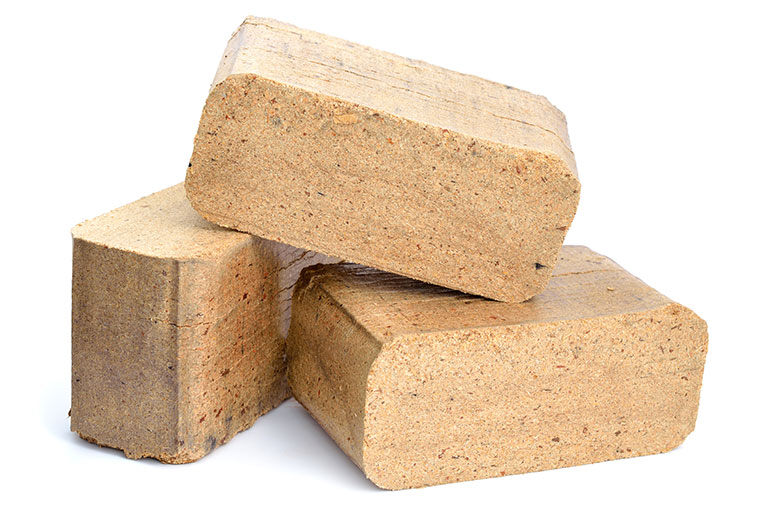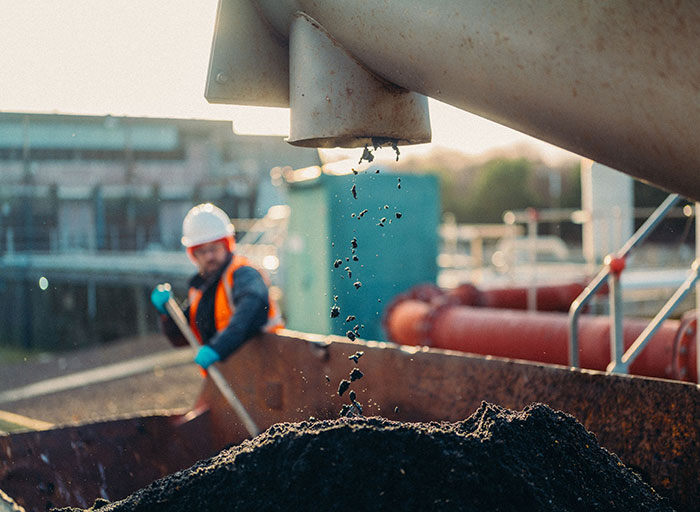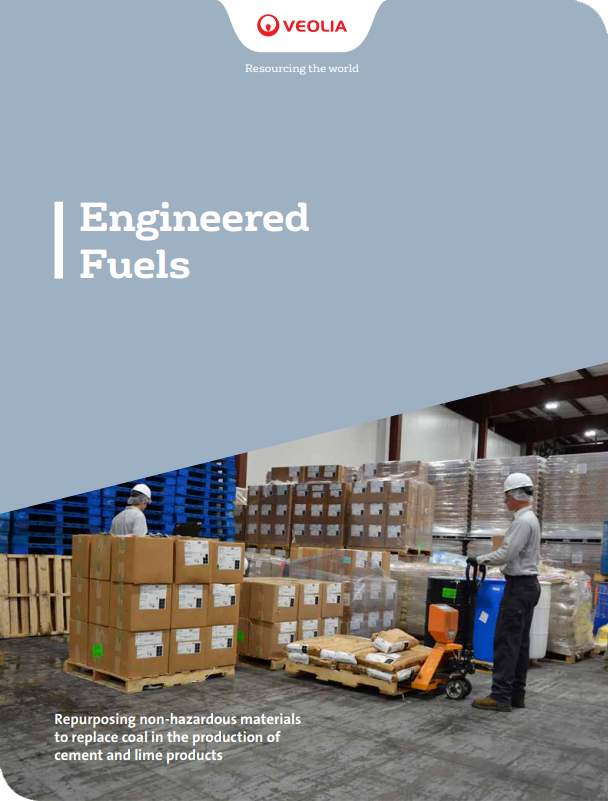Carbon emissions are one of the most potent greenhouse gases and largest contributors to climate change on our planet. But what many people don’t understand is that not all carbon is created equal.
There are two broad categories of carbon based material, biogenic and non-biogenic. Non-biogenic is the one you have to watch out for when it comes to greenhouse gas emissions and climate change. Biogenic carbon, on the other hand, might actually be a part of the solution.
Let’s take a look at the differences between the two types of emissions.

Biogenic carbon vs. non-biogenic carbon
Biogenic carbon originates from organic matter. It is stored in and emitted from biological sources like plants, trees, soil and animals. It’s part of a natural cycle on our planet where carbon dioxide in the air is absorbed into plants and trees via photosynthesis. That carbon is then either held within the soil or released back into the atmosphere when those plants decompose or are consumed, digested, and then passed by animals, insects and other organisms.
Alternatively, non-biogenic carbon, or fossil carbon, has been removed from this cycle. This carbon has been locked away in geological reserves like deep soils, fossils and rocks. Examples of non-biogenic carbon include fossil fuels like oil, coal and gas. These substances keep carbon out of the natural cycle until they are retrieved from the ground by digging or pumping, then burned.

Carbon and energy production
Non-biogenic carbon sources like coal and oil are the primary way that humans create energy. The substances are burned to generate heat, which then is used to produce steam, spin turbines, move pistons, and deliver movement and electricity. But fossil fuels aren’t the only carbon based substances that can be used in these processes.
People are turning more and more to biogenic carbon material to generate heat and energy. Compressed carbon in the form of biomass briquettes can burn at the same temperatures and for an equal duration as coal. The difference is that biomass briquettes are made from biogenic material like sawdust, agricultural waste, forestry byproducts and yard waste that has been compacted together. The compaction process allows the biomass to burn for a longer period of time and produce more energy than if the material were left loose.
Do biogenic carbon products emit greenhouse gases?
Biogenic products, like biomass briquettes, have been shown to actually produce more CO2 per unit of energy than coal and gas. The question is, how can these carbon products help fight climate change?
The answer is that not all carbon is created equal. When compressed carbon is burned, it releases CO2 that already exists in our planet’s carbon cycle. It will be reabsorbed by plants and the cycle will continue. In other words, using biogenic carbon for energy is adding greenhouse gases to the air, but that gas would have been released naturally anyway. Additionally, biogenic carbon sources can be quickly and easily replenished through replacing the living thing that was removed (e.g., planting a tree for a tree that was taken down). That means that for any emissions created through biogenic combustion, a proportional amount can be reabsorbed by the new organism.
The carbon contained within non-biogenic substances, on the other hand, was part of the planet’s carbon cycle many years in the past, tens or hundreds of millions of years ago. It’s no longer part of it today. That means that when coal or oil is burned for energy, it adds “new” carbon dioxide to the modern carbon cycle, potentially upsetting its delicate balance.

Biogenic compressed material: A carbon neutral energy source
Energy products made from biomass are considered carbon neutral, because they do not add new carbon dioxide to our planet’s cycle, especially when the source of that biomass is replaced (planting plants and trees). That means that using these types of products instead of fossil fuels can significantly reduce your carbon footprint and lower the amount of “new” greenhouse gases that are emitted into the atmosphere.
For industries and businesses that have product recalls, debris, byproducts and post-consumer materials, converting these to engineered fuel can be a way to reduce greenhouse gases while capturing the heat value of the material.



